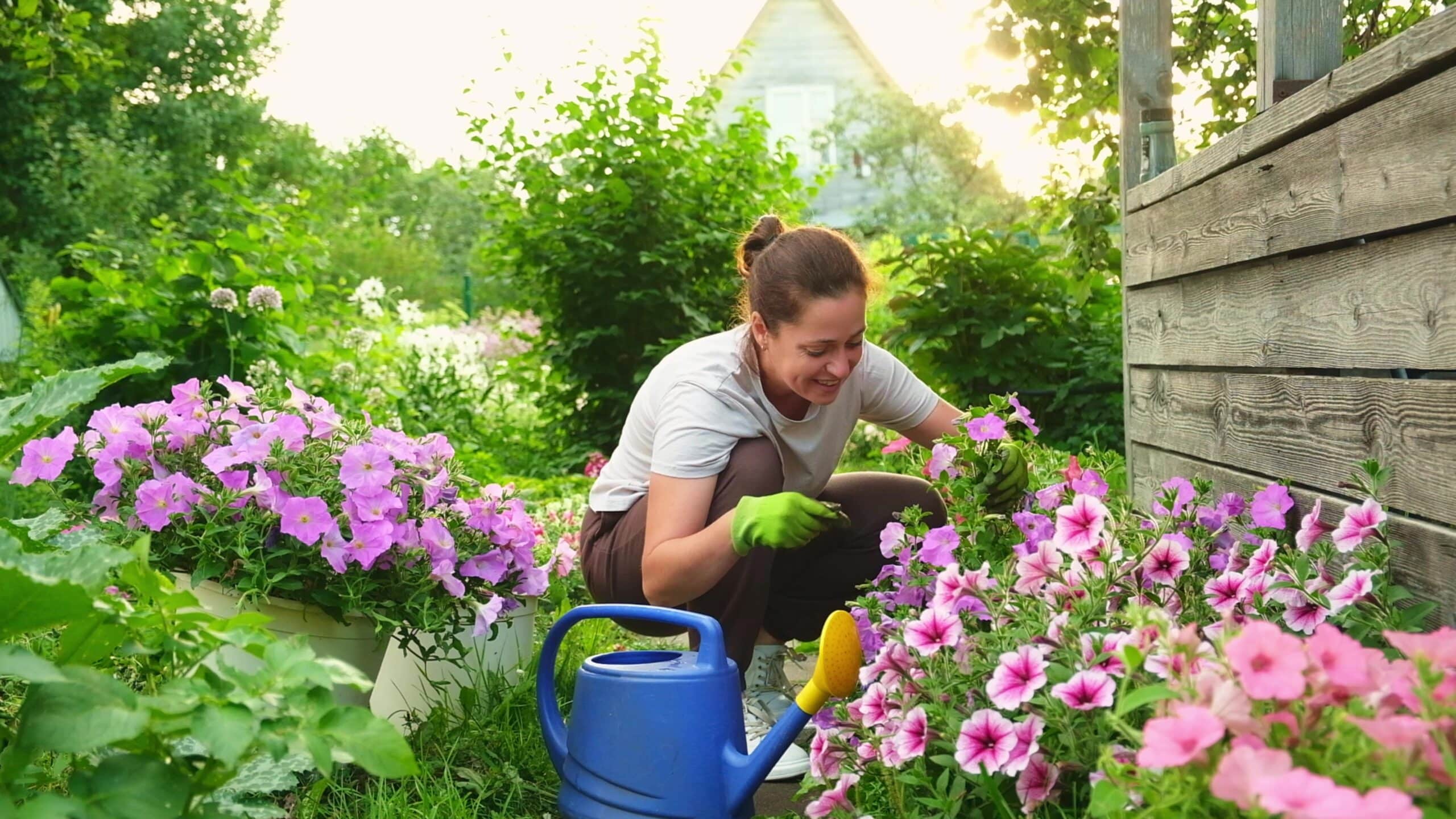What is the Gardening 3 Year Rule?
Key Takeaways
- The gardening 3 year rule states that newly planted landscape plants take three years to fully establish themselves in their new environment.
- During the first year, plants focus on establishing their root system, while in the second year they experience slow and steady growth.
- The benefits of following the 3 year rule include stronger root systems, healthier above-ground growth, and managing expectations as plants require time to flourish.
The gardening 3 year rule refers to the idea that newly planted landscape plants take three years to fully establish themselves in their new environment. It is a guideline that helps gardeners understand and manage the growth process of their new plants.
The Journey of Landscape Planting
In the first year, plants primarily focus on establishing their root system. This is a crucial period where plants develop a strong foundation in the soil, allowing them to access water and nutrients effectively. During this time, above-ground growth may be limited, and plants may appear smaller or less impressive compared to mature specimens.
As the second year begins, plants transition into a phase of slow and steady growth. They continue to strengthen their root system while simultaneously expanding above ground. This growth may be more noticeable compared to the first year, but still not fully representative of the plant’s ultimate size and form.
Finally, in the third year, plants experience significant growth and begin to resemble mature specimens. By this point, the root system is well-established, providing a strong foundation for healthy growth. The plants’ above-ground structure, foliage, and flowers become more prominent and showcase their true beauty.
The Benefits of Following the 3 Year Rule
Adhering to the gardening 3 year rule offers several benefits for both the plants and the gardener:
1. Establishing and Acclimating
Allowing new plants three years to establish themselves and acclimate to their new environment is crucial for their long-term survival. During this time, they develop stronger root systems, enabling them to efficiently absorb water and nutrients from the soil. This enhances their overall resilience and ability to withstand various environmental conditions.
2. Stronger Above-Ground Growth
By dedicating the initial years to root development, plants can allocate more energy and resources towards above-ground growth in subsequent years. This results in healthier and more robust foliage, flowers, and overall structure. Following the 3 year rule ensures that the plants can reach their full potential and provide the desired visual impact in the garden.
3. Managing Expectations
The 3 year rule helps gardeners manage their expectations and reminds them to be patient and nurturing. It serves as a reminder that the most beautiful growth often takes time. Understanding that plants require a period of establishment before flourishing can alleviate frustrations or disappointments when immediate results are not achieved.
Conclusion
The gardening 3 year rule is a valuable guideline for gardeners to understand and appreciate the growth journey of their newly planted landscape plants. By allowing plants three years to establish themselves, gardeners can ensure the development of strong root systems, healthier above-ground growth, and manage their expectations effectively. Embracing this rule fosters a patient and nurturing approach to gardening, resulting in vibrant and thriving landscapes.
Related Websites:
FAQs:
Q: What is the gardening 3 year rule?
The gardening 3 year rule refers to the practice of not growing the same vegetable crops in the same area of the garden for at least three years.
Q: Why is it important to understand the gardening 3 year rule for successful gardening?
Understanding the gardening 3 year rule is important for successful gardening as it helps prevent soil depletion, manage pests and diseases, and maximize crop yield and quality.
Q: What are the benefits of following the gardening 3 year rule?
Following the gardening 3 year rule can benefit gardening by maintaining soil fertility and nutrient balance, reducing pest populations, preventing diseases, and improving overall yield and crop quality.
Q: What is crop rotation and how does it relate to the gardening 3 year rule?
Crop rotation is the practice of growing different types of crops in a specific order over a defined period. It is related to the gardening 3 year rule as it promotes the rotation of vegetable crops to different areas of the garden, following the rule’s principles.
Q: How does the gardening 3 year rule help prevent soil depletion?
The gardening 3 year rule helps prevent soil depletion by avoiding the continuous cultivation of the same vegetables in one area. Rotating crops helps maintain soil fertility and nutrient balance, preventing the depletion of specific nutrients.






